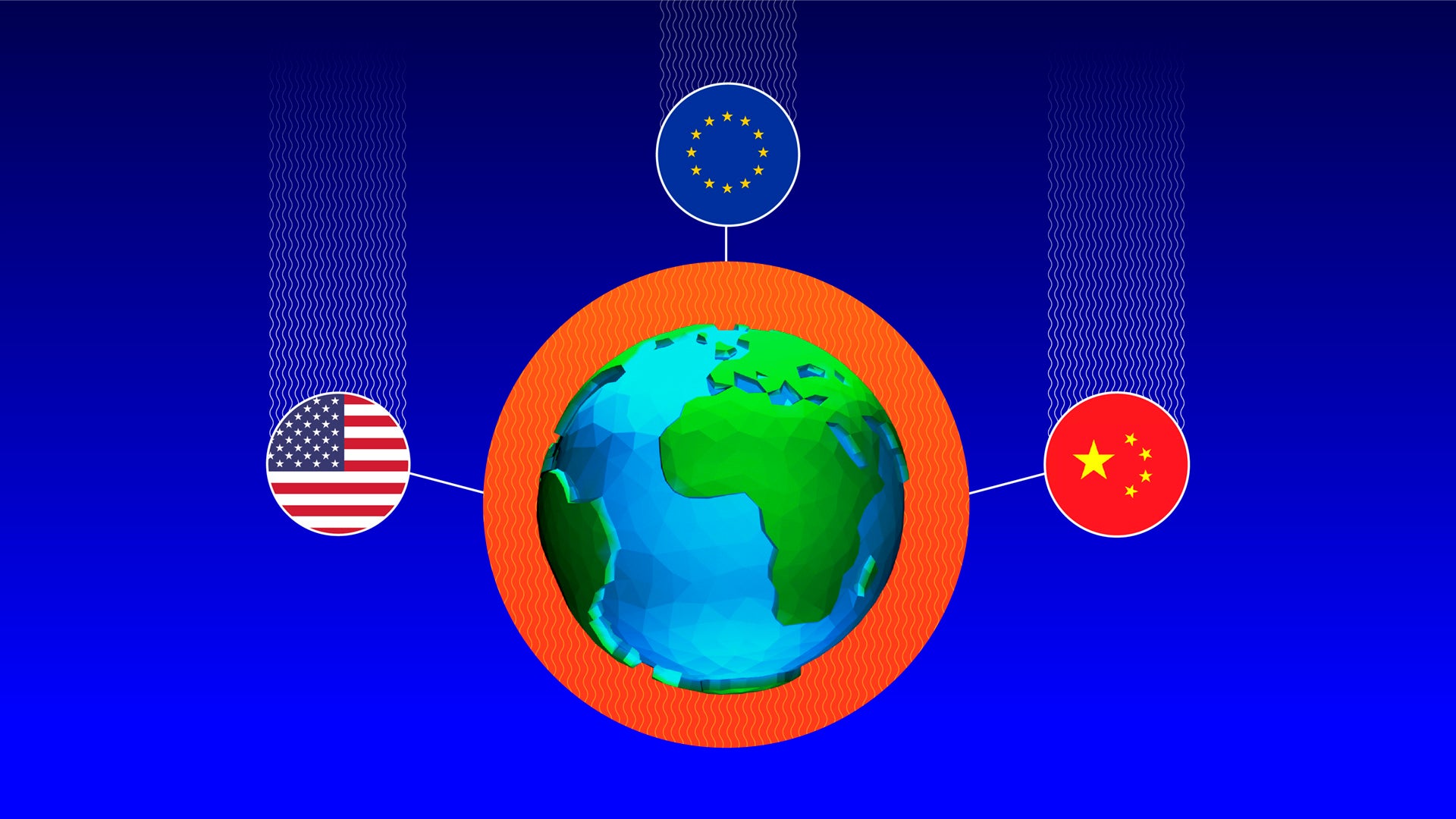Climate Questions: Who are the big emitters?
Who made the global warming mess the world is now in

Your support helps us to tell the story
From reproductive rights to climate change to Big Tech, The Independent is on the ground when the story is developing. Whether it's investigating the financials of Elon Musk's pro-Trump PAC or producing our latest documentary, 'The A Word', which shines a light on the American women fighting for reproductive rights, we know how important it is to parse out the facts from the messaging.
At such a critical moment in US history, we need reporters on the ground. Your donation allows us to keep sending journalists to speak to both sides of the story.
The Independent is trusted by Americans across the entire political spectrum. And unlike many other quality news outlets, we choose not to lock Americans out of our reporting and analysis with paywalls. We believe quality journalism should be available to everyone, paid for by those who can afford it.
Your support makes all the difference.Who made the global warming mess the world is now in? More than half of the world’s heat-trapping gases comes from three places: The United States, China and Europe.
And it piles up quickly at more than 2.5 million pounds (1.1 million kilograms) per second.
Once heat trapping gases get into the atmosphere, the effects are global. Trapping the sun’s energy doesn’t stop at national borders. But scientists can track where the gases come from and thus who is responsible.
___
EDITOR’S NOTE: This story is part of an ongoing series answering some of the most fundamental questions around climate change, the science behind it, the effects of a warming planet and how the world is addressing it.
___
Even though carbon dioxide is light and invisible, the amount put in the air by the world’s nations through the burning of coal, oil and gas and the making of cement adds up to massive numbers. Since 1959, the world has spewed 1.55 trillion tons (1.41 trillion metric tons) of carbon dioxide, according to Global Carbon Project, a group of scientists who track emissions and publish in peer review scientific journals.
In 2020, the last year for full national data, China spewed more than 11.7 billion tons of carbon dioxide (more than 10.6 billion metric tons), which is 30.6% of the globe’s carbon dioxide emissions and more than twice as much carbon pollution as the United States which was the next highest emitter at 13.5%, scientists calculated. The European Union, when lumped together, comes in third at 7.5% followed by India’s 7%.
But scientists say just looking at last year’s emissions doesn’t really show who caused the problem. That’s because carbon dioxide stays in the atmosphere for as much as 200 years or longer. So historic emissions matter.
Looking at emissions from countries from 1959 through 2020, the furthest Global Carbon Project goes back and beyond which some data gets less reliable, the United States, not China, is the biggest carbon polluter and it isn’t that close.
Since 1959, the United States has put more 334 billion tons (303 billion metric tons) of carbon dioxide in the atmosphere, about 21.5% of the global total.
Those figures are based on how much carbon dioxide is spewed within national borders. But often people buy goods made in one country but consumed in another. When the Global Carbon Project looks at emissions based on where they are consumed they only go back as far as 1990 for historic emissions because of data limitations. The U.S. is still No. 1 in terms of emissions based on consumption with 19.2% of the historic pollution.
Countries with larger populations have more people so they often spew more carbon dioxide. So another way to look at emissions is to look at per capita emissions, although the air doesn't care how many people in a country when it comes to trapping heat. When carbon pollution per person is calculated new countries, mostly in the Middle East, jump to the top of the emissions list, which is based on 2019 figures by the World Bank.
This shows the “ethical dimensions of the problem," said University of Pennsylvania climate scientist Michael Mann. Poorer nations, such as those in Africa, and today's youth had the least to do with causing climate change but “are going to bear the brunt of this problem.”
___
Follow AP’s climate and environment coverage at https://apnews.com/hub/climate-and-environment
___
Follow Seth Borenstein on Twitter at @borenbears
___
Associated Press climate and environmental coverage receives support from several private foundations. See more about AP’s climate initiative here. The AP is solely responsible for all content.